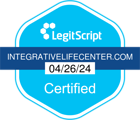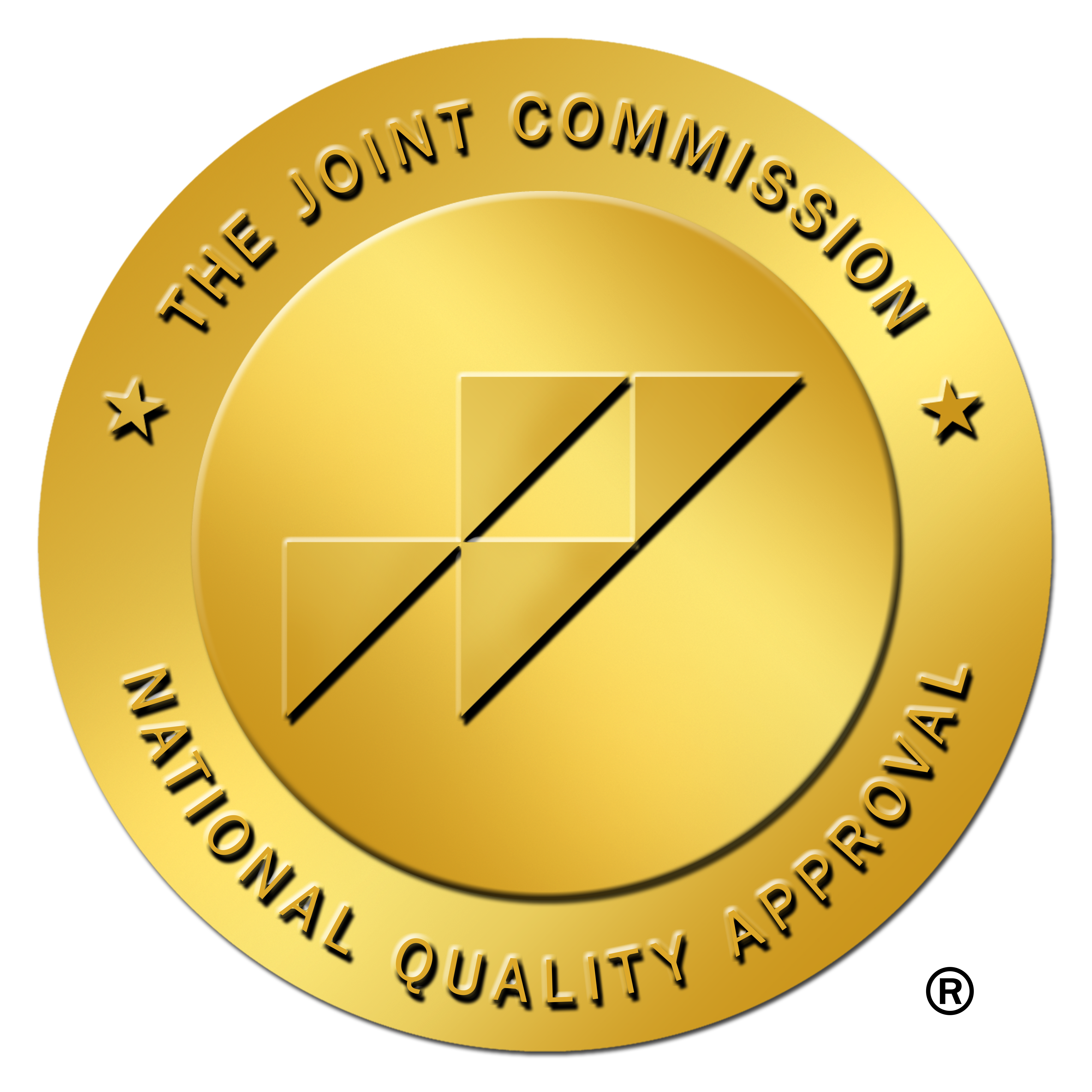Let’s be honest – the risks associated with intravenous drug use are truly dire. On average, 130 people die every day from overdose in the US. In 2019, the National Safety Council announced that a person is more likely to die from an accidental intravenous overdose than to die in a car accident. Since then, we’ve continued to see intravenous deaths continue to rise. We’ve lost over 450,000 people in the last 15 years, with fatality rates jumping from around 21,000 people per year in 2010 to over 100,000 people in 2022. While this is an alarming trend, some countries have instituted a surprising method to control or reduce the death rate: safe injection sites. So, just what are safe injection sites?
A Safe Space to Inject: What are Safe Injection Sites?
Opioid addiction costs lives each and every day, while many of these are entirely avoidable. As the public comes to understand what safe injection sites are and how they can save lives, they may become more readily available.
Depending on the source, safe injection sites are otherwise known as supervised injection sites, overdose prevention centers, and drug consumption rooms. They provide a user with a safe place to use with a ready clinician prepared to step in in the event of an overdose. In practice, this system greatly reduces the number of deaths from intravenous overdose.
Some of the Services Provided by Safe Injection Sites:
- Sterile supplies: This includes injection equipment, including syringes, clean cookers, filters, and tourniquets. It does not include providing or injecting clients with IV drugs.
- Secure environment, free from criminal prosecution: Small, open booths keep clients in view of clinicians. Legally sanctioned facilities are exempt from prosecution for having illicit drugs on the premises.
- Lifesaving support: Clinicians on staff are ready with supplies to respond immediately to an overdose.
- Withdrawal Management: Some safe injection facilities provide detox management services for clients. When users are ready to begin this transition, they will have access to clinician monitored facilities throughout the entire process and are paired with counselors for support.
- Primary Care: Many safe injection sites offer primary care services that include but are not limited to HIV/AIDS tests, Hepatitis tests, pregnancy tests, and sick visits.
What is the Purpose of a Safe Injection Site?
Advocates for safe or supervised injection sites believe that they offer a bridge to healing drug treatment. The belief is that with the medical help provided in these sites, more overdoses can be prevented, and a larger number of IV users that need help can be reached.
The overarching theory of safe injection sites is grounded in harm reduction. Harm reduction is a set of strategies and ideas to mitigate the negative impacts and consequences of drug addiction behavior.
As needle exchange programs gain broader acceptance in this country, safe injection sites can potentially pave the way to reduce harm for IV users and provide them with a safe space of acceptance and supply them with the knowledge that help is available. While federal law in the United States does not currently allow for safe injection sites, holistic drug rehab facilities offer similar support to those who are ready to break free from their addiction.
Overdose Prevention and Syringe Safety
The numbers do not lie: safe injection sites save lives.
- In Vancouver, BC, individuals living less than a ½ mile of safe injection sites saw overdose death rates decrease from 253 to 165 per 100,000 people per year.
- Before the safe injection sites opened in Vancouver, 35% of 598 intravenous drug users were admitted to hospital in a 3-year period, 15% for skin infections. After these sites were opened, the number decreased to 9%
- Near one safe injection site, average monthly ambulance calls with naloxone treatment for suspected opioid overdose decreased from 27 to 9.
- Educating IV users about safe syringe use at safe injection sites has decreased syringe borrowing from 37% in 1996 to 2% in 2011.
- Out of 1000 injections, there is one overdose and no fatalities on record.
Reduction in HIV/AIDS and Hepatitis Transmission
Two significant risks of intravenous opioid use are HIV/AIDS and Hepatitis C infection. In 2017, about 1 in every 20 people living with HIV cited IV drug use as their source of their disease. By avoiding needle-sharing and unsafe discarding of used needles, safe injection sites may reduce the transmission of HIV/AIDS and Hepatitis C.
Long-Term & Meaningful Help for People and Communities
While some argue that safe injection sites encourage open drug use, these sites save lives and lead users onto the path to recovery. How do safe injection sites accomplish this?
- Staff members of safe injection sites establish relationships with visitors. This is invaluable in helping to get these individuals into a treatment program or detox center. Staff members at these sites are in an optimal position to provide information to users for when they are ready to get the help that they need.
- Safe injection sites help destigmatize drug addiction by recognizing that it is a disease that requires long-term medical treatment.
- Safe injection sites decrease healthcare costs in cities that have these sites and increase the use of recovery centers and addiction programs. In 2016, San Francisco experienced a $3.5 Million savings in healthcare costs by merely opening a single safe injection site.
Are Safe Injection Sites Legal in the United States?
At this time, there are no sanctioned safe injection sites in the United States. While there are legislative efforts to institute them, it is still an evolving area. As with the legalization of marijuana, individual states have the power to permit activity at their discretion. Lawmakers are often slow to support these efforts because they perceive safe injection sites’ pros and cons to be too polarizing. Operating safe injection sites currently may create a direct conflict with federal law under The Controlled Substances Act. Until a safe injection site is built, this federal law cannot be enforced.
Additional Initiatives to Reduce Harm
Individual cities across the US have created needle or syringe exchange programs to provide sterile supplies and proper disposal of used needles. There are 320 needle exchange programs in 39 states. Unlike safe injection sites, these programs are unable to provide onsite staff to monitor use.
In November of 2020, Oregon made great strides and became the first state in the nation to decriminalize hard drugs. Voters passed a ballot measure that decriminalizes possession of personal-use amounts of hard drugs such as heroin, methamphetamine, LSD, oxycodone, and others.
Instead of going to trial and potentially facing time in jail, a person in possession of small amounts of drugs will now have the option to pay a small fine or to attend addiction recovery centers. These centers are fully funded by the millions of dollars that Oregon collects in tax revenue from their legalized and regulated marijuana industry.
Sounds pretty radical, right? However, the measure will lead to fewer felony convictions – which ultimately create larger obstacles such as the inability to get work or find housing – and will help save lives. Additionally, the measure will reduce racial and ethnic disparities in both convictions and arrests.
Several other countries have already taken the step to decriminalize hard drugs. In 2000, Portugal decriminalized and saw no surge in drug use. Furthermore, drug deaths dropped while the number of people facing drug addiction treatment rose.
While it may seem counterintuitive to decriminalize drugs, to create safe injection sites, or to pioneer a needle-exchange program, each act serves to destigmatize drug use and offer the user a clear path to recovery. Through these measures, we can remove the shame associated with substance use and encourage those living with substance use disorder to seek help.
Finding Hope at ILC in Nashville, TN
When a drug user does seek help, immediate assistance and support is critical. At ILC, we believe that all lives are worth recovering, and we welcome those who come to us for help regaining their sense of control. We do not yet have the ability to create safe injection sites under federal law, but we do still offer a path to freedom in our residential drug rehab facilities.
If you or someone you love is experiencing addiction, please call us at (615) 891-2226.











